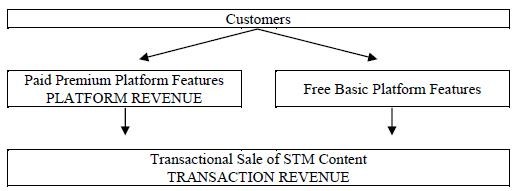earnings per share is computed by dividing the net income applicable to common stockholders by the weighted average number of common shares outstanding plus the number of additional common shares that would have been outstanding if all dilutive potential common shares had been issued, using the treasury stock method. Shares of restricted stock are included in the diluted weighted average number of common shares outstanding from the date they are granted. Potential common shares are excluded from the computation when their effect is antidilutive. At March 31, 2023 potentially dilutive securities include options to acquire 2,925,574 shares of common stock and unvested restricted common stock of 2,528,187. At March 31, 2022 potentially dilutive securities include options to acquire 3,249,617 shares of common stock and unvested restricted common stock of 364,675. The dilutive effect of potentially dilutive securities is reflected in diluted net income per share if the exercise prices were lower than the average fair market value of common shares during the reporting period.
Basic and diluted net loss per common share is the same for the three and nine months ended March 31, 2022 because all stock options, warrants, and unvested restricted common stock are anti-dilutive. For the three and nine months ended March 31, 2023, the calculation of diluted earnings per share include unvested restricted common stock, stock options and warrants, calculated under the treasury stock method.
Recently Issued Accounting Pronouncements
In June 2016, the FASB issued ASU 2016-13, Measurement of Credit Losses on Financial Instruments. ASU 2016-13 requires entities to use a forward-looking approach based on current expected credit losses (“CECL”) to estimate credit losses on certain types of financial instruments, including trade receivables. This may result in the earlier recognition of allowances for losses. ASU 2016-13 is effective for the Company beginning July 1, 2023, and early adoption is permitted. The Company does not believe the potential impact of the new guidance and related codification improvements will be material to its financial position, results of operations and cash flows.
Other recent accounting pronouncements issued by the FASB, including its Emerging Issues Task Force, the American Institute of Certified Public Accountants, and the Securities and Exchange Commission did not or are not believed by management to have a material impact on the Company’s present or future consolidated financial statements.
Note 3. Line of Credit
The Company entered into a Loan and Security Agreement with Silicon Valley Bank (“SVB”) on July 23, 2010, which, as amended, provides for a revolving line of credit for the lesser of $2,500,000, or 80% of eligible accounts receivable. The line of credit matures on February 28, 2024, and is subject to certain financial and performance covenants with which we were in compliance as of March 31, 2023. Financial covenants include maintaining an adjusted quick ratio of unrestricted cash and net accounts receivable, divided by current liabilities plus debt less deferred revenue of at least 1.15 to 1.0. The line of credit bears interest at an annual rate equal to the greater of 1% above the prime rate and 5.0%. The interest rate on the line of credit was 9% as of March 31, 2023. The line of credit is secured by the Company’s consolidated assets.
Pursuant to the Amended and Restated Loan and Security Agreement dated October 31, 2017 among the Company, Reprints Desk, Inc. and SVB (the “SVB LSA”), the Company was required to direct account debtors to deliver or transmit all proceeds of accounts remitted to the Company and its subsidiaries into a lockbox account as specified by SVB, and to maintain its and its subsidiaries’ primary operating and other deposit accounts with SVB. In compliance with the foregoing covenants the Company and its subsidiaries maintained with SVB substantially all of the dollar value of the Company’s and its subsidiaries’ accounts. At February 28, 2023, the Company held cash at SVB of $10,832,880, of which we estimate $9,738,292 was in excess of government insured limits.
On March 10, 2023, SVB was closed by the California Department of Financial Protection and Innovation, and the Federal Deposit Insurance Corporation (“FDIC”) was appointed as receiver and SVB was subsequently transferred into a new entity, Silicon Valley Bridge Bank, N.A. (“SVB Bridge Bank”). On March 12, 2023, the U.S. Treasury Department, the Federal Reserve and the FDIC jointly announced enabling actions that fully protect all SVB depositors’ insured and uninsured deposits, and that such depositors would have access to all of their funds starting March 13, 2023. On March 14, 2023, the Company was able to access its full deposits with SVB Bridge Bank. At March 31, 2023, the

